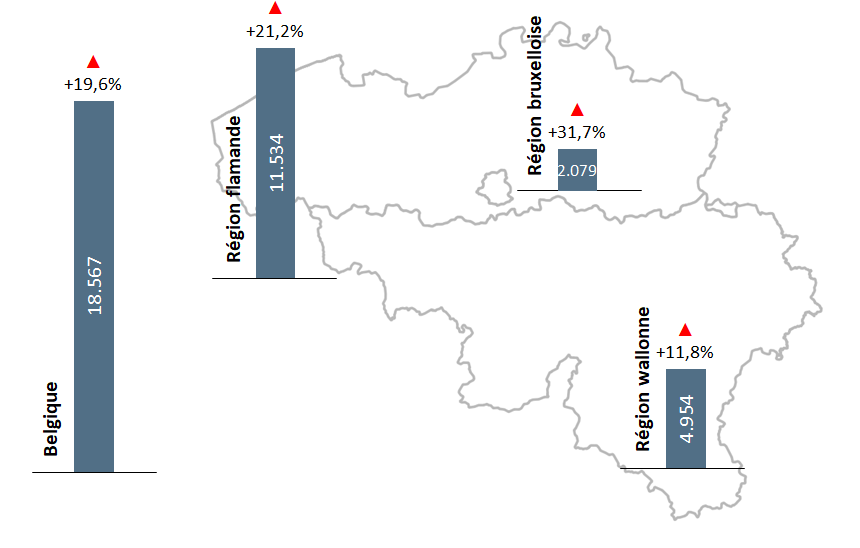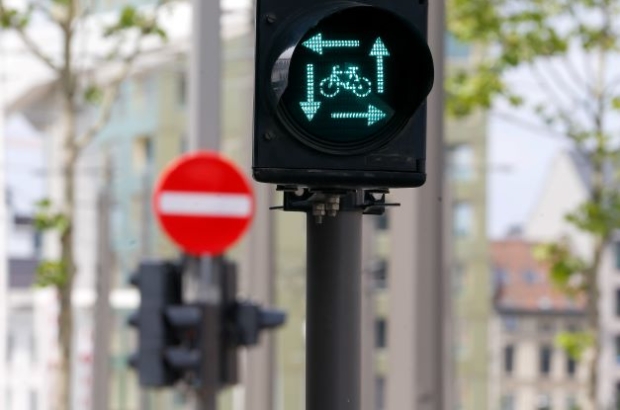- Daily & Weekly newsletters
- Buy & download The Bulletin
- Comment on our articles
Number of road deaths in Belgium rises sharply
The number of road deaths in Belgium has risen sharply since the start of the year, according to the Vias traffic institute's road safety barometer, reports RTBF.
The barometer gives a quarterly overview of the number of road accidents resulting in personal injury, along with the number of victims who are injured or killed in these accidents.
The latest figures indicate that the number of people killed on Belgian roads rose by 40% in the first half of the year compared to 2021.

While last year saw less road traffic due to pandemic-related lockdowns, a total of 231 people have died as a result of traffic accidents so far in 2022 – almost as many as before the coronavirus crisis (graph: rise in deaths on roads between first quarter 2021 and first quarter 2022, Vias road safety institute).
In Wallonia, the most significant increase was seen in the province of Namur. There were 13 deaths in 2021 and 36 so far in 2022.
The provinces of Luxembourg and Hainaut also saw significant increases, with deaths rising from 10 to 18 in the former and from 19 to 32 in the latter.
The number of pedestrians killed in accidents has also more than doubled across the country, from 13 deaths last year to 35 in 2022. This is the highest figure since 2012.
“The terrible accident in Strépy alone (in which six carnival goers were killed) cannot explain this very clear increase,” said Vias.

The number of accidents in which at least one person was injured is also on the rise in all regions: up by 12% in Wallonia, 21% in Flanders and 32% in Brussels. On the national level, this figure has risen by 20% (graph: rise in accidents involving injury and the number of registered road accident victims in first quarter, Vias road safety institute).
Vias also noted that the number of accidents involving electric scooter users has increased 2.5 times (from 339 to 846).
Police first began recording data of electric scooter accidents in October 2019. Prior to that, such accidents were classified as involving either “cyclists” or “other road users”, which led to inflated figures for cycling accidents, especially in Brussels and Flanders where scooter usage is more widespread.
While coronavirus-related lockdowns caused a dip in the number of road deaths in the last couple of years, this figure is now approaching the level of 2019.
“There is therefore no structural decrease at national level as we experienced a few years ago,” Vias summarised.
“Once again, this barometer shows the need to do everything possible in the coming years to further protect vulnerable road users.”
Vias warns that the data used for the statistics is likely to be an underrepresentation, as some accidents involving injuries and victims are not included because, for example, police were not called. This phenomenon particularly affects accidents involving minor injuries, cyclists and pedestrians.
Photo: © Belga/Nicolas Maeterlinck



















